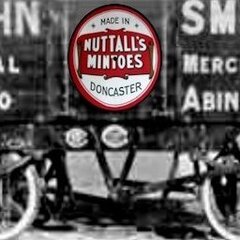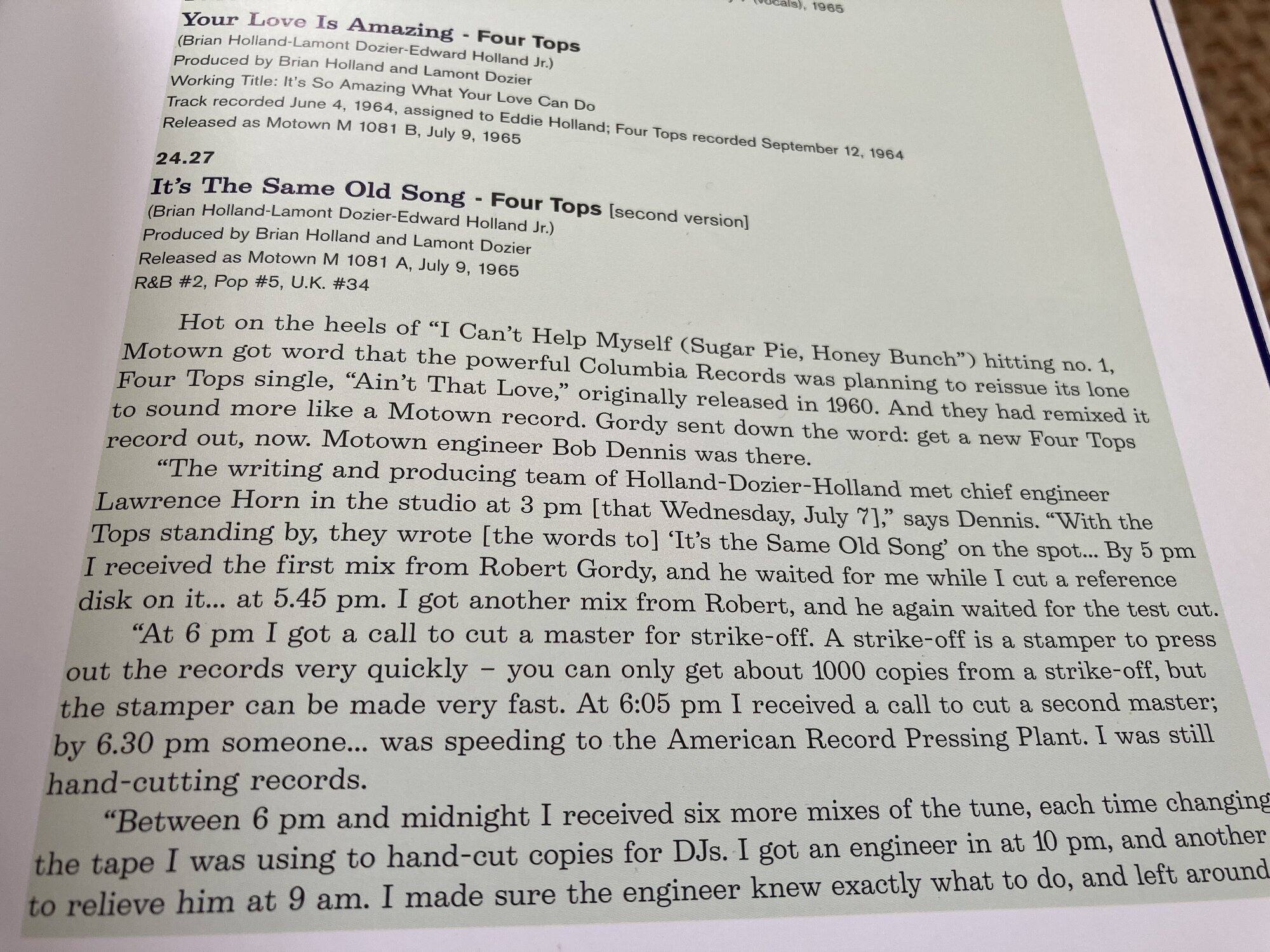- Replies 10
- Views 2.8k
- Created
- Last Reply
Most active in this topic
-
Kenb 3 posts
-
Eddie Hubbard 2 posts
-
Robbk 2 posts
-
Roburt 1 post
Most Popular Posts
-
(1)&(2) It wasn't as simple as that. It depended upon the size and organisation style of the record company. I can speak to Motown's, because I had intimate knowledge of their historical stock, an
-
Many say that about 5 or 6 acetate copies were made for most recordings .... BUT I'd guess it wasn't as simple as that. I'd say bigger record companies might make more as they'd have A&R teams bas
-
There are some interesting articles on line relating to the Motown studios and acetates .Mike McLean was an engineer at Motown and worked there from 61 to 72 .I remember him penning an article where h
Most Helpful Posts
-
Depends on how many someone asked for at the time in the cutting room, there’s no pattern to it. Quite often the only one is the one used to make the metal stampers. The stampers are the inverse of th
-
(1)&(2) It wasn't as simple as that. It depended upon the size and organisation style of the record company. I can speak to Motown's, because I had intimate knowledge of their historical stock, an
-
There are some interesting articles on line relating to the Motown studios and acetates .Mike McLean was an engineer at Motown and worked there from 61 to 72 .I remember him penning an article where h







talking 60's & 70's here: what's the thinking about just how many acetates would be made per individual recording. is it hit-and-miss i.e. make 5 for quality purposes, or is it make 20 and send them out to radio stations see what happens?
does anyone know ( have a count of) the most acetates per individual recording?